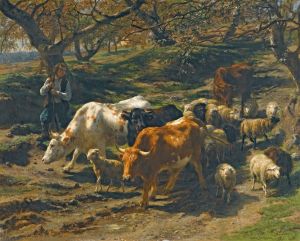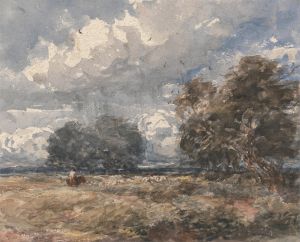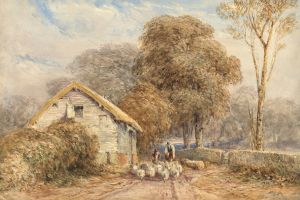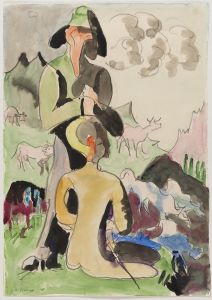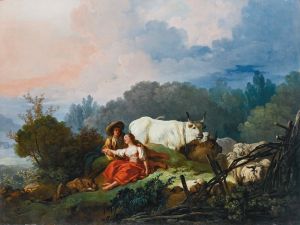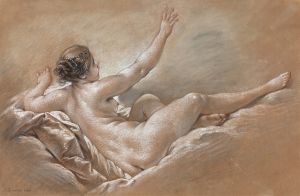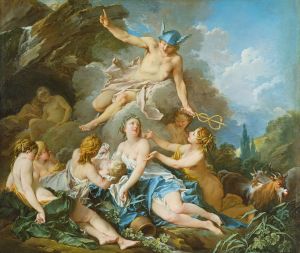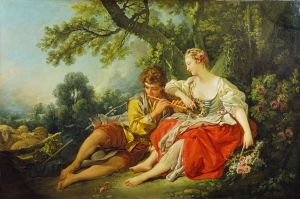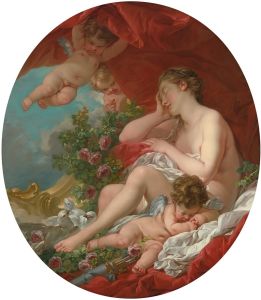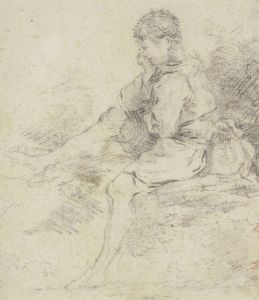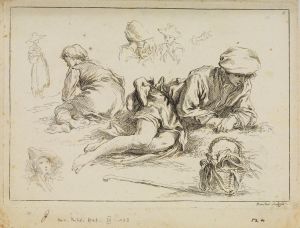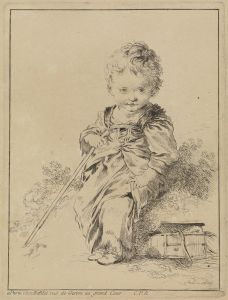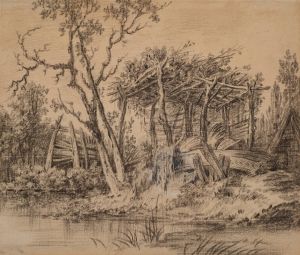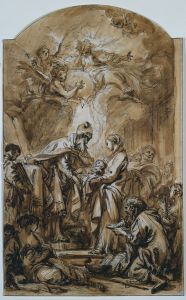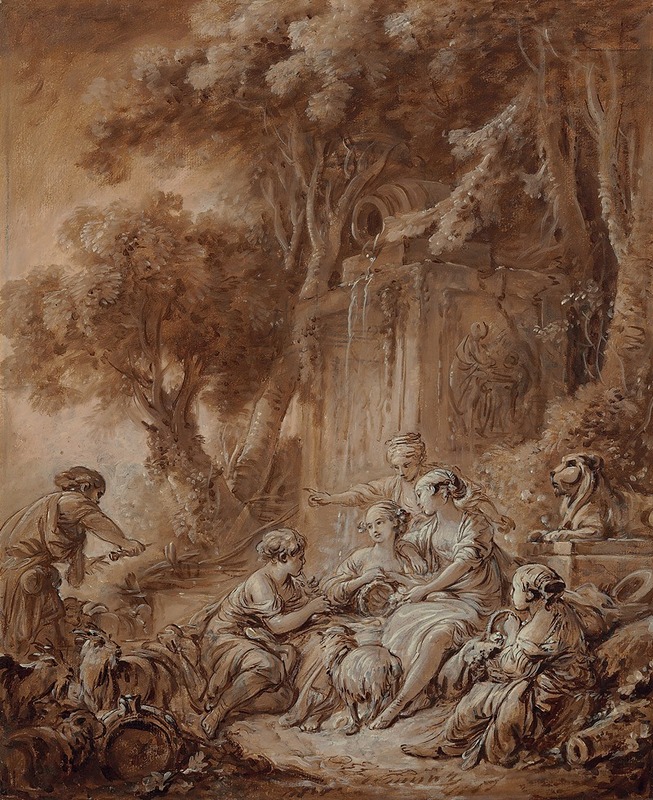
Pastorale au flûteur
A hand-painted replica of François Boucher’s masterpiece Pastorale au flûteur, meticulously crafted by professional artists to capture the true essence of the original. Each piece is created with museum-quality canvas and rare mineral pigments, carefully painted by experienced artists with delicate brushstrokes and rich, layered colors to perfectly recreate the texture of the original artwork. Unlike machine-printed reproductions, this hand-painted version brings the painting to life, infused with the artist’s emotions and skill in every stroke. Whether for personal collection or home decoration, it instantly elevates the artistic atmosphere of any space.
François Boucher, a prominent French painter of the Rococo period, is renowned for his idyllic and pastoral scenes that capture the essence of 18th-century French aristocratic life. One of his notable works, "Pastorale au flûteur" (The Flute Player), exemplifies his mastery in depicting romanticized rural life with a touch of elegance and charm.
Created in the mid-18th century, "Pastorale au flûteur" is a quintessential example of Boucher's ability to blend classical themes with contemporary Rococo aesthetics. The painting portrays a serene pastoral scene, where a young man plays the flute amidst a tranquil countryside setting. The composition is characterized by its soft, pastel color palette, which is typical of Boucher's style, and the gentle, flowing lines that create a sense of movement and grace.
In the foreground, the flute player is depicted with a sense of ease and contentment, embodying the leisurely pursuits of the aristocracy during this period. His attire, though simple, reflects the fashion of the time, and his relaxed posture suggests a moment of peaceful reflection. Surrounding him are lush, verdant landscapes, with trees and foliage that frame the scene and add depth to the composition. The background features a distant view of rolling hills and a clear sky, enhancing the idyllic nature of the setting.
Boucher's work often includes elements of mythology and allegory, and while "Pastorale au flûteur" primarily focuses on a pastoral theme, it subtly incorporates these elements through its harmonious composition and the idealized portrayal of nature. The painting reflects the Rococo movement's fascination with themes of love, nature, and the pursuit of pleasure, all of which are evident in the relaxed and joyful atmosphere of the scene.
The artist's technique in "Pastorale au flûteur" demonstrates his skillful use of light and shadow to create a sense of depth and volume. The delicate brushwork and attention to detail in the depiction of the natural environment showcase Boucher's ability to capture the beauty and tranquility of the countryside. This attention to detail extends to the textures of the clothing and the natural elements, which are rendered with a finesse that highlights Boucher's technical prowess.
"Pastorale au flûteur" is a reflection of the cultural and artistic trends of the Rococo period, which emphasized elegance, ornamentation, and a departure from the grandiose themes of the preceding Baroque era. Boucher's work, including this painting, played a significant role in popularizing these themes and influencing the decorative arts of the time.
Today, François Boucher is celebrated as one of the leading figures of the Rococo movement, and his works, including "Pastorale au flûteur," continue to be admired for their beauty and artistic significance. The painting remains a testament to Boucher's ability to capture the essence of an era defined by its pursuit of beauty, leisure, and the pleasures of life.





